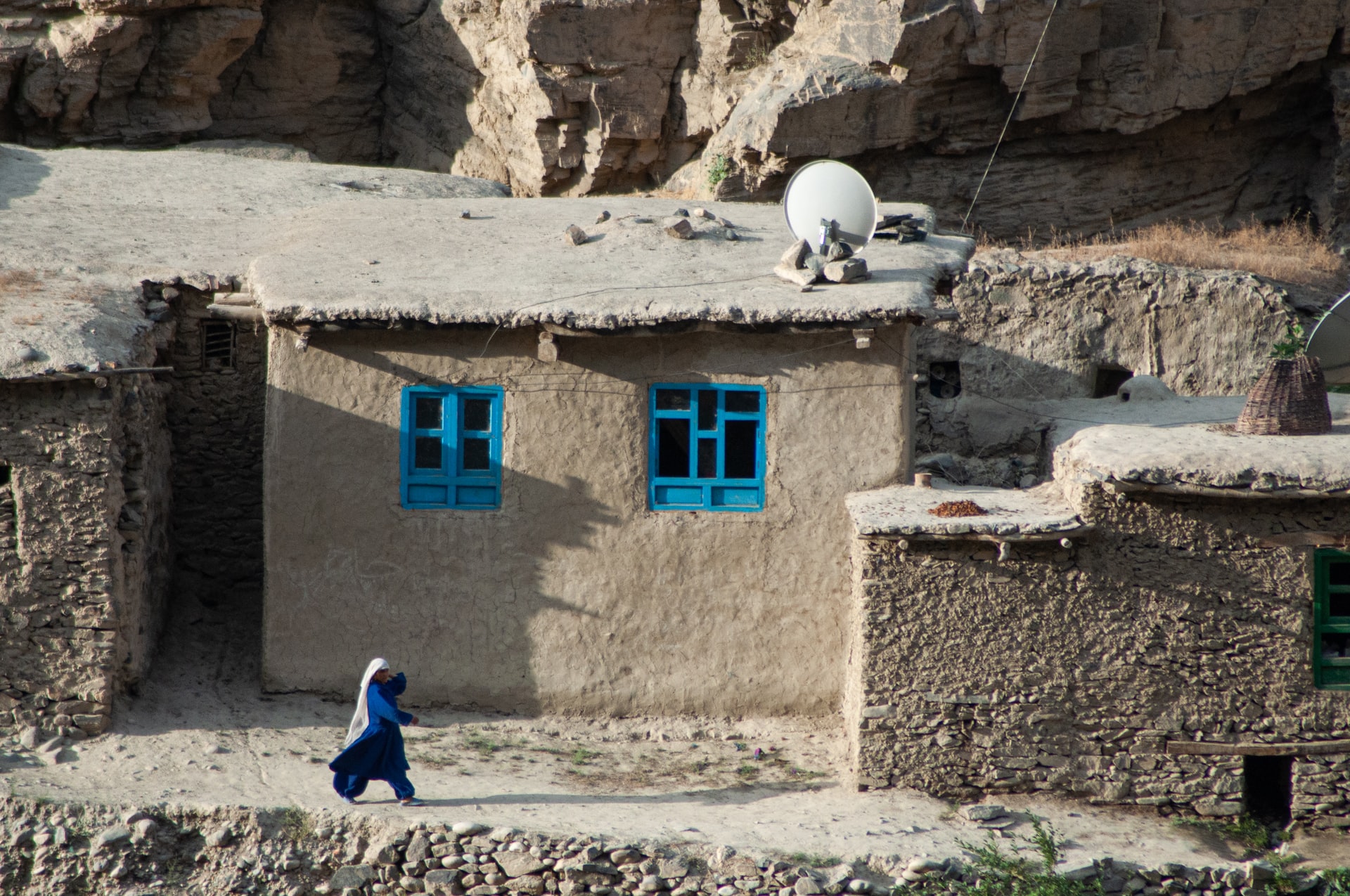The fall of Kabul on 15 August this year, and the subsequent takeover of government by the Taliban, was one of the startling events of the year and captured attention around the globe.
While the speed at which the Taliban has taken over Afghanistan continues to bewilder people, the other topic that continues to grab the headlines is how women and minorities will be treated under the Taliban’s regime.
People have not forgotten the draconian laws the Taliban introduced the last time they formed a parallel government in Afghanistan between 1996-2001, particularly the curbing of women’s rights that these laws put into force. Notwithstanding that an Afghan spokesperson has expressed that the Taliban would honour women’s rights albeit ‘within the framework of Islam’, the contradicting experiences of Afghan women disclosed on various media channels combined with the recent interview by Sayed Zekrullah Hashimi on Afghan TV, do not show a promising future for millions of Afghan women.
The impression that the messages of the Taliban evoke is that the control over women’s bodies is driven primarily by their religious ideologies. However, to better understand the reasons behind the figuration of Afghan women as cultural and biological reproducers, I think it's important to draw upon the concepts of politics of national identity and sovereignty. Informed by the line of enquiry of “Nation and Gender”, I suggest that within this renewed nation building process, women and their bodies form a part of the discursive practices which are mobilised to shape a distinctive national boundary, mark the break between the old and the new regime, engender attachment to the new political system and to reshuffle power more into the hands of the Taliban.
Following the formation of the interim government, one of the first things that the Taliban did was lay off all the women in the ministries. When questioned about this decision, the Taliban spokesperson retorted “The four women protesting in the streets do not represent the women of Afghanistan. The women of Afghanistan are those who give birth to the people of Afghanistan, educate them, educate them on Islamic ethics…. What a woman does she cannot do the work of a ministry. You put something on her neck that she cannot carry .”
If examined closely, the comment conveys four major things. Firstly, it reduces women’s contribution to the nation to biological and cultural reproduction. Secondly through this reinforcement of gendered social roles, it expresses Afghan women as an important source to bear and reproduce national boundaries and hence their bodies as a medium for the nation-building process. Thirdly, it expresses who is included/excluded within this political community. For the women living in Afghanistan, they have to abide by the norms laid down by the new Taliban government in order to be considered as the women of Afghanistan. Finally, it constructs femininity as requiring care, respect and protection and simultaneously defines masculinity as the protector of the former. This figuration then helps forge the state, and in extension the rule of the Taliban, as a patriarch having absolute authority over the women of their nation.
The social construction of gender has been recognised to play an instrumental role in national politics. Meer, et al. (2010) has pointed out that the conception of nationhood is itself incubated with the ideas surrounding gender relations. While, Yuval-Davis & Antias (1989) has explicated five ways through which the social construction of womanhood contributes to producing national imaginaries: “as biological reproducers of members of ethnic collectives, as reproducers of the boundaries of ethnic/national groups, as participants in the ideological reproduction of the collectivity and transmitters of its culture, as signifiers of ethnic/national.” Moreover, the work of Moolji (2021) on the construction of sovereignty by the Pakistan Taliban, has also reiterated that the process of political formation and allegiance involves “relying on and reworking prevailing attachments to particular scripts of gender and sexuality, normative Islam.”
Using these concepts as a lens, it can be argued that the statements and the actions of the Taliban at this juncture, aim to shape, reinforce and represent the identity of Afghan women in the political discourse as a way to shape and promote distinctive political boundaries between Us (Islamic Emirate of Afghanistan) Vs. Others (previous rule and other nations). Within this renewed process to construct nation, it is not only the changes in the national flag and national anthem, that will be deployed as crucial elements to draw boundaries but also women’s bodies will be regulated and used as a national symbol to formulate a new national identity for the “Islamic Emirate of Afghanistan.” Finally, within this process, Islamic discourse would also be utilised as a biopolitical weapon to obtain legitimacy and hence allegiance of the political subjects.
Against this backdrop, Afghan women and girls are currently at high risk of being further marginalised. In such a case, denying asylum to Afghan women refugees based on the recent UK Home office guidelines, which has declared that Afghanistan no longer presents a ‘real risk of harm’, would be equal to shutting the door to safety, security and prosperity for them.
Saher Ashiq Ali has completed her MSc in Migration Studies from the University of Oxford. She has also done Graduate Programme in Islamic Studies and Humanities (GPISH) at the Institute of Ismaili Studies. Her research interests revolve around gender, religion, policies and migration.
